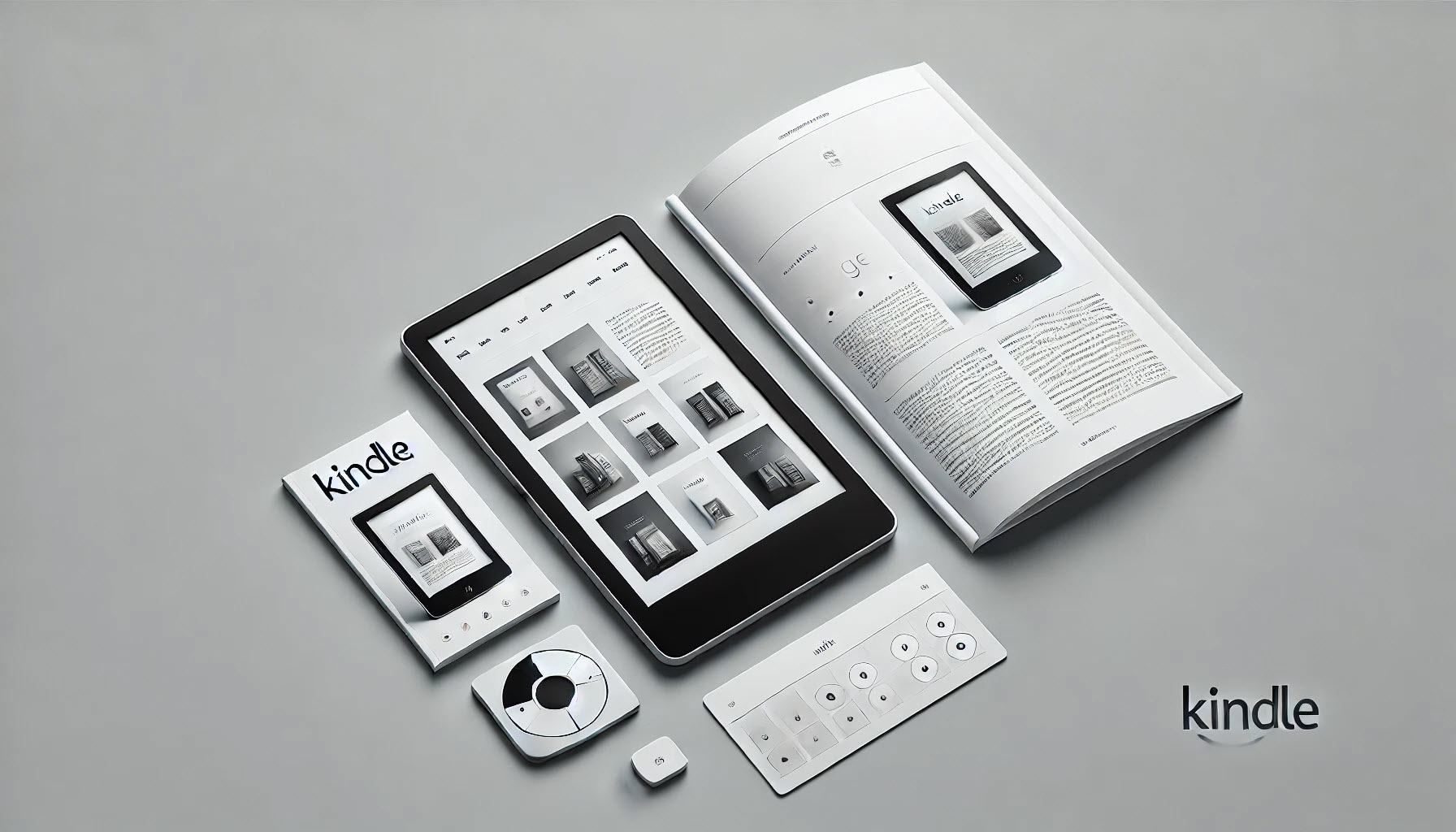Amazon Kindle Image Size and Formatting Guidelines
7 Sep. 2024

When preparing images for your Amazon Kindle eBook, it’s important to follow specific size and formatting guidelines to ensure that your images display clearly across all devices. This guide offers best practices for both full-page and inline images in your Kindle eBook, ensuring a professional and visually appealing layout.
1. Image Size and Dimensions
Amazon recommends the following dimensions for various images in your Kindle eBook. These dimensions allow for optimal coverage on Kindle screens and ensure your images remain clear without pixelation:
-
Full-Page Images: Use an image that is 1400px wide and has a height/width ratio of 1.5. This means your image should be 2100px high, creating a portrait-oriented or vertical rectangle shape. Avoid using square images for full-page covers as they won’t align properly with the Kindle display.
-
Half-Page Images: For images that cover half the screen, use a height of 600px, scaling the width proportionally. These images are ideal for inline visuals or small sections in your book.
-
Quarter-Page Images: For quarter-screen images, use 300px in height. This size is suitable for thumbnails, small illustrations, or decorative elements.
-
Logos and Simple Images: These should be between 75-100 pixels in height, and can be square if needed. This size is recommended for brand logos, icons, or other minimalistic images that don’t require a lot of detail.
2. Image Resolution and Quality
To ensure images appear crisp and professional, Amazon recommends the following quality settings:
-
Resolution: Use a minimum resolution of 300 ppi/dpi for images. While PPI (Pixels Per Inch) is the key factor for screen images, many programs like Photoshop default to DPI (Dots Per Inch), so aim for at least 300dpi or higher if you’re using such software. This ensures that images are sharp and clear when viewed on different Kindle devices, regardless of screen size.
-
Color Mode: All images must be in RGB color mode, as this is the standard for digital screens. Avoid using CMYK, which is meant for print, as this can lead to color distortions when viewed on eReaders.
-
File Format: Images should be saved in .jpg format with a minimum resolution of 150dpi to ensure clarity. Amazon accepts only certain image formats, and .jpg files are the most compatible and widely supported.
3. Image Scaling for Kindle Devices
Amazon Kindle devices display images differently based on the text and layout of your eBook. To maintain flexibility, it's important to scale your images relative to the surrounding text rather than relying on exact pixel dimensions.
-
For full-page images, Amazon suggests setting the width to 1200px. This size ensures that your images display edge-to-edge on most Kindle screens.
-
For images that take up 75% of the page, scale the width to 900px.
-
For images covering 50% of the page, set the width to 600px.
-
For 25% width images, use 300px. These smaller images can complement your text without overwhelming the layout.
4. File Size and Limitations
Amazon places a limit on the overall size of images to ensure that eBooks load quickly and function smoothly on Kindle devices. Ensure your images don’t exceed 4 million pixels in total size. While larger, high-quality images can enhance your eBook’s visual appeal, excessively large files can slow down loading times and negatively affect the user experience.
5. Additional Considerations
-
Image Placement: Position your images in relation to your manuscript's text for the best reader experience. This allows you to create a harmonious layout that enhances both your content and visuals.
-
Preview: Always preview your eBook in different Kindle formats using Amazon’s preview tools to ensure images display correctly across all devices, from smartphones to large eReaders.
By following these guidelines, you can ensure that the images in your Kindle eBook will appear clear, sharp, and appropriately scaled for all devices.

